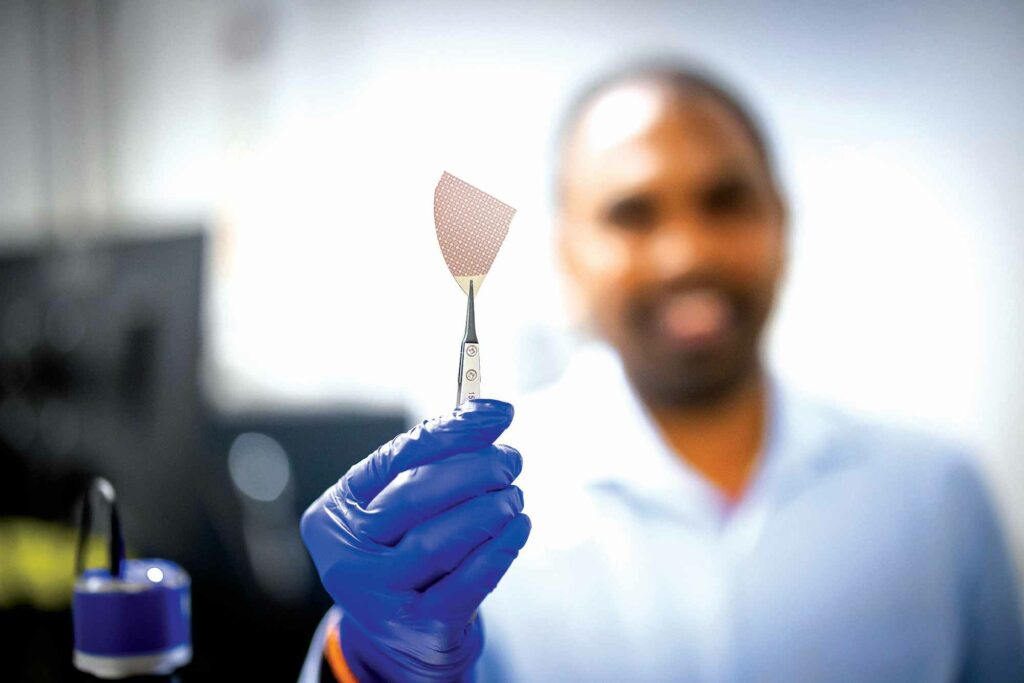Memory device functions at 600 C
Researchers in the USA have developed a heat-resistant, non-volatile memory device able to withstand temperatures of over 600 C, writes Nick Flaherty.
The ferroelectric aluminium scandium nitride (AlScN) device can be used in electric aircraft and motors to add machine-learning controls and sensors in harsh environments.
Deep Jariwala and Roy Olsson of the University of Pennsylvania, and their teams at the School of Engineering and Applied Science, demonstrated that the memory technology is capable of enduring temperatures up to 600 C – more than twice the tolerance of any commercial drives on the market – and these characteristics were maintained for more than 60 hours.
“Our high-temperature memory devices could lead to advanced computing where other electronics and memory devices would falter,” says Jariwala. “This isn’t just about improving devices – it’s about enabling new frontiers in science and technology.”
“AlScN’s crystal structure gives it notably more stable and strong bonds between atoms, meaning it’s not just heat-resistant but also pretty durable,” says researcher Dhiren Pradhan.
“But, more notably, our memory device design and properties allow for fast switching between electrical states, which is crucial for writing and reading data at high speed.”
The memory device consists of a metal-insulator-metal structure, incorporating nickel and platinum electrodes with a 45 nm layer of AlScN. This thickness is a key consideration as particles move more erratically at elevated temperatures.
“If it is too thin, the increased activity can drive diffusion and degrade a material. If too thick, there goes the ferroelectric switching we were looking for, since the switching voltage scales with thickness and there is a limitation to that in practical operating environments. So, my lab and Roy Olsson’s lab worked together for months to find this Goldilocks thickness,” says Jariwala.
The devices were grown on 4 in diameter silicon wafers, and exhibit clear ferroelectric switching up to 600 C with distinct on/off states. At 600 C, the devices exhibit one million read cycles and readable on/off ratios for over 60 h.
The operating voltages of the AlScN ferrodiodes are less than 15 V at 600 C, making them compatible with high-temperature, silicon-carbide devices, which are also used in inverters.
“Conventional devices using small, silicon transistors have a tough time working in high-temperature environments – a limitation that restricts silicon processors – so, instead, silicon carbide is used,” says Jariwala.
“While silicon-carbide technology is great, it is nowhere close to the processing power of silicon processors, so advanced processing and data-heavy computing such as AI can’t really be done in high temperatures or any harsh environments.
“The stability of our memory device could allow integration of memory and processing more closely together, enhancing speed, complexity and efficiency of computing. We call this ‘memory-enhanced compute’ and are working with other teams to set the stage for AI in new environments,” he adds.
Click here to read the latest issue of E-Mobility Engineering.
ONLINE PARTNERS






















